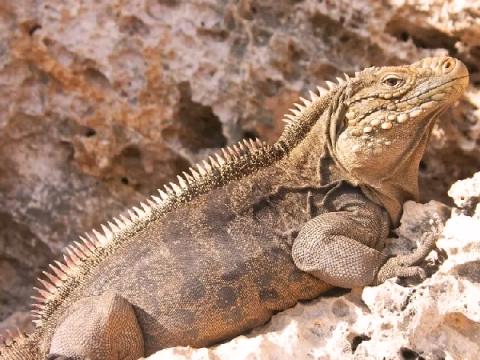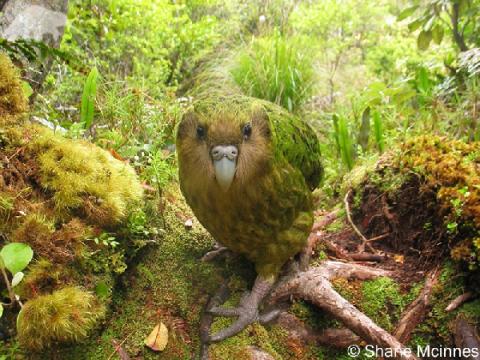
A new index to measure the threat of biological invasions to biodiversity and set conservation priorities
November 08 2024Invasive alien species are a major threat to biodiversity, not least because of the decline in native populations they are causing worldwide. A scientific team from the Ecologie Systématique Évolution (ESE) laboratory (Université Paris-Saclay / CNRS / AgroParisTech) and the Centre d’Écologie et des Sciences de la Conservation (CESCO) at the Muséum national d’Histoire naturelle, whose work has been published in the journal Conservation Biology, has just developed an index to measure this degree of threat.
Invasive alien species, a threat to all ecosystems
Invasive alien species (IAS) are animals or plants whose introduction by humans, whether deliberate or accidental, represents a threat to ecosystems. More than 40,000 exotic species are spreading across the planet, of which 3,700 are invasive alien species endangering biodiversity. According to IPBES, they are considered to be one of the main causes of species extinction and one of the major global causes of biodiversity loss. Although evidence of their impact on ecosystem functioning is accumulating, most existing approaches have so far focused on quantitative aspects and on the number of species under threat, neglecting their ecological role. In the current context of COP16 for biodiversity, it is essential to identify the main species threatened by biological invasions, in order to achieve the objectives of the global biodiversity framework from Kunming to Montreal 2030*.
Thanks to their work, scientists have now filled this gap by developing an index, the FUSE INS score (Functionally unique, specialized, and endangered by invasive non-native species). Current conservation tools require biodiversity to be sorted and priorities established within taxonomic groups. This score makes it possible for the first time to combine functional irreplaceability (i.e. the uniqueness and specialization of species’ role in ecosystems) with their risk of extinction caused by the presence of invasive non-native species. The study was carried out on 3,642 terrestrial vertebrates exposed to invasive alien species, assessing how they were affected by them. The study was based on the IUCN Red List and global databases containing information on the specialization and uniqueness of terrestrial vertebrates in terms of ecological characteristics. The results show that 38% of native species are threatened with extinction due to invasive alien species, even though their impact on biodiversity is paramount, making them priority species to protect from this threat on a global scale.
*Target 6: reduce introductions of invasive alien species by 50% and minimize their impact by 2030.
Which species are most at risk ?

The results show that 38% of native species are threatened with extinction due to invasive alien species, even though their impact on biodiversity is paramount, making them priority species to protect from this threat on a global scale.
Priority amphibian species are concentrated in Central America and Madagascar, and lizards in the Caribbean islands, northern Australia, New Zealand and New Caledonia. Priority bird and mammal species are more widely distributed around the world (birds, mainly in coastal areas, Pacific islands and northern India and New Zealand; mammals, in south-west Europe, central, eastern and southern Africa, south-east Asia and eastern Australia). Of the 50 highest-priority bird species, 64% still require conservation measures to mitigate the threat posed by invasive alien species.
The FUSE INS score can be used to help establish conservation priority lists at different scales for species threatened by IAS, even though they are among the most essential in terms of biodiversity. Integrating functional diversity into conservation prioritization of species and associated areas is essential to accurately reduce and mitigate the impacts of extreme invasive species on biodiversity.

